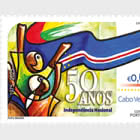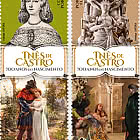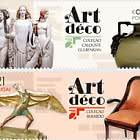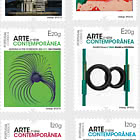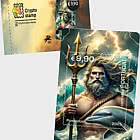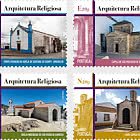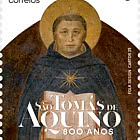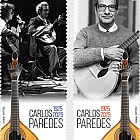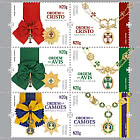The celebration of the eighth centenary of the Greccio Nativity Scene, which associates St. Francis of Assisi with this form of commemorating the event of Christmas, explicitly reported in the narrative of one of his first and most important biographers (Thomas of Celano, Vita Prima, chapter XXX), relates to a phase in the history of culture and Christianity, still persevering today, demonstrating the Saint of Assisi’s prescient expressions of modernity, which have become established.
If, when celebrating an event, the surprise of its dawn is usually emphasized, which the example of the Greccio Nativity Scene can confirm, nevertheless the presence of the nativity scene, in the Franciscan style, in the history of Christianity and culture, without diminishing traces of its originality, is imposed above all by the manifestation of a singular capacity to maintain a vivid unity, in time, eight centuries, and in space, without forgetting its roots. Certainly, the prestige of the figure of St. Francis can explain, in part, the enduring religious and cultural welcome received by the Nativity Scene, a phenomenon articulated with the constitutive hermeneutics of Franciscan preaching — the Nativity Scene and the Stations of the Cross have always constituted privileged Words, which art has the privilege of retaining.
The present celebration, that eight centuries of history of the Nativity Scene demand of us, coincides with the pontificate of Pope Francis: this Pontiff, as well as praising, in a paraphrastic text (Admirabile Signum, Apostolic Letter on the Meaning and Importance of the Nativity Scene, 2019), taking inspiration from the aforementioned description by Thomas of Celano, alludes to the iconic efficacy of the Greccio Nativity Scene, making up for some tendencies towards its eclipse, in our time, due to the process of secularisation of the Christmas solemnity itself, which has come to be expressed by other signs, namely that of the Christmas Tree; however, the same Pontiff wrote the Encyclical letter Laudato si’, on Care for our Common Home (2015), a text aimed at the future, from a frontal, but hopeful, critical analysis of the present, also inspired by the life of the Saint of Assisi, that does not impede us from recognising, despite the inversion of dates, in the content of this 2019 document, about the Nativity Scene, the fundamental preparatory configuration of the emblematic Encyclical letter Laudato si’, from 2015.
Saint Francis of Assisi was a saint whose life practice profoundly influenced not only his Church but also many other communities scattered around the world, being today considered as the original paradigm of defender of Nature, openly preaching that all creatures on Earth, including humans, should be treated as equals before God.
For that reason, in this stamp issue evoking the creation of the Nativity Scene by the Saint, 800 years ago in Greccio, CTT Correios de Portugal decided to use on all supports — the printed stamps themselves, the explanatory brochure of the issue, and the first day covers — only paper from sustainably managed forests and guaranteed to be completely recyclable. On all these supports (with the exception of stamps whose size did not allow it) was inserted the logo indicating this condition of sustainability.
FRANCISCANS – Order of Friars Minor (OFM)







